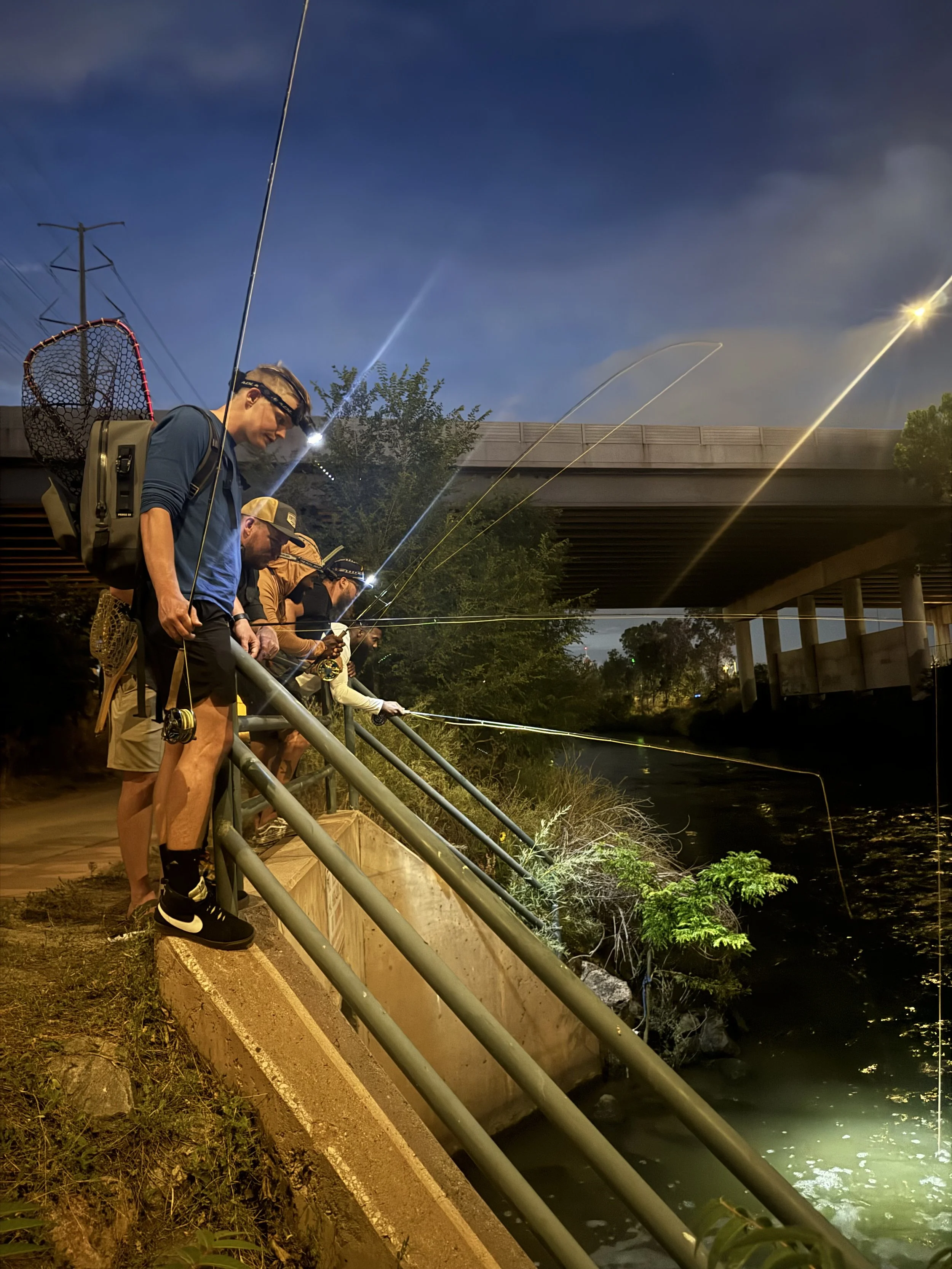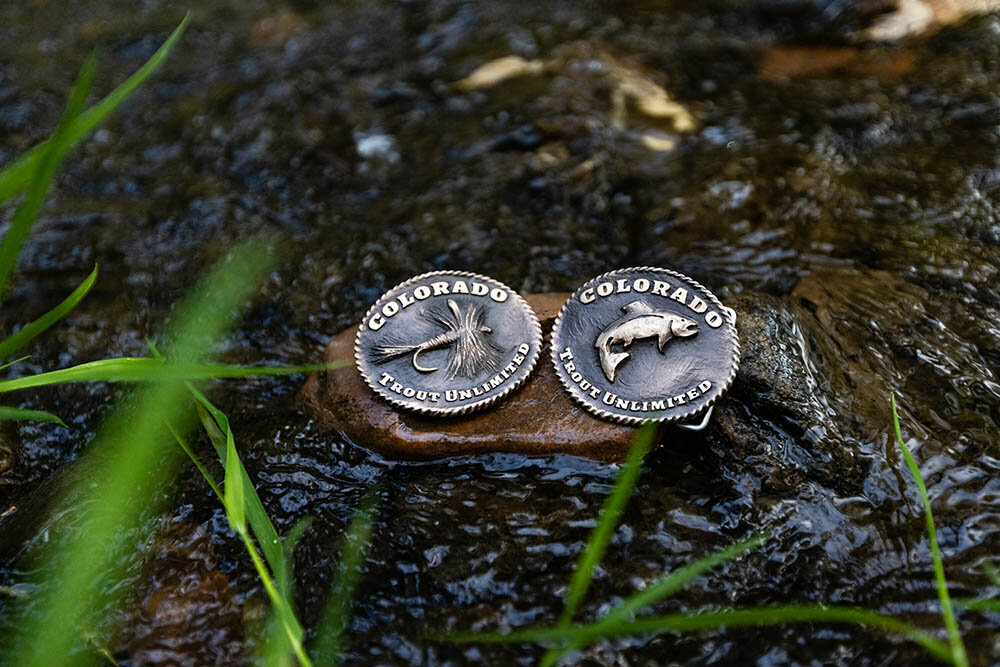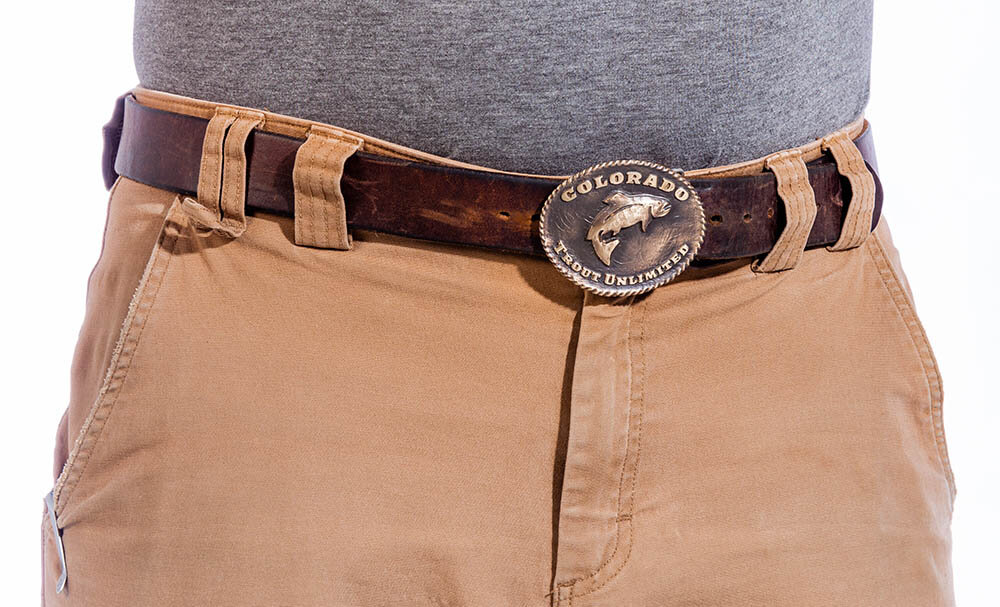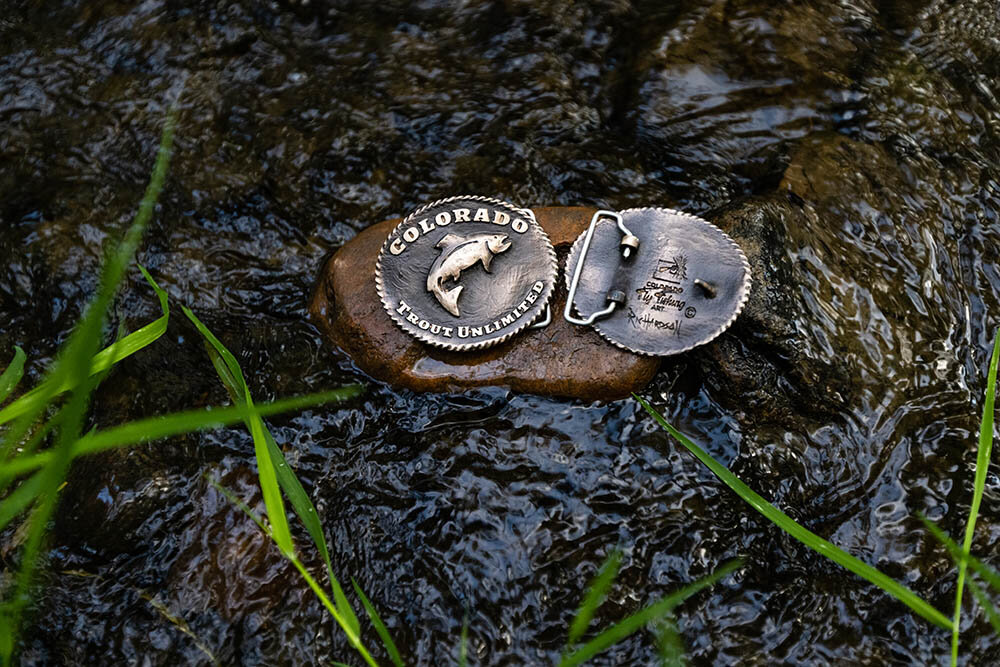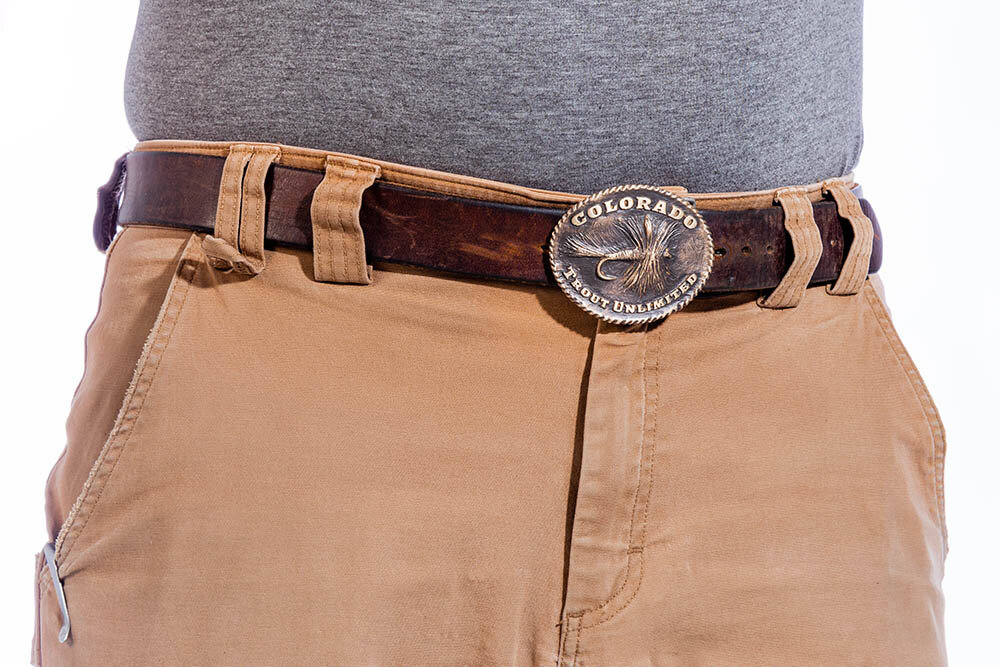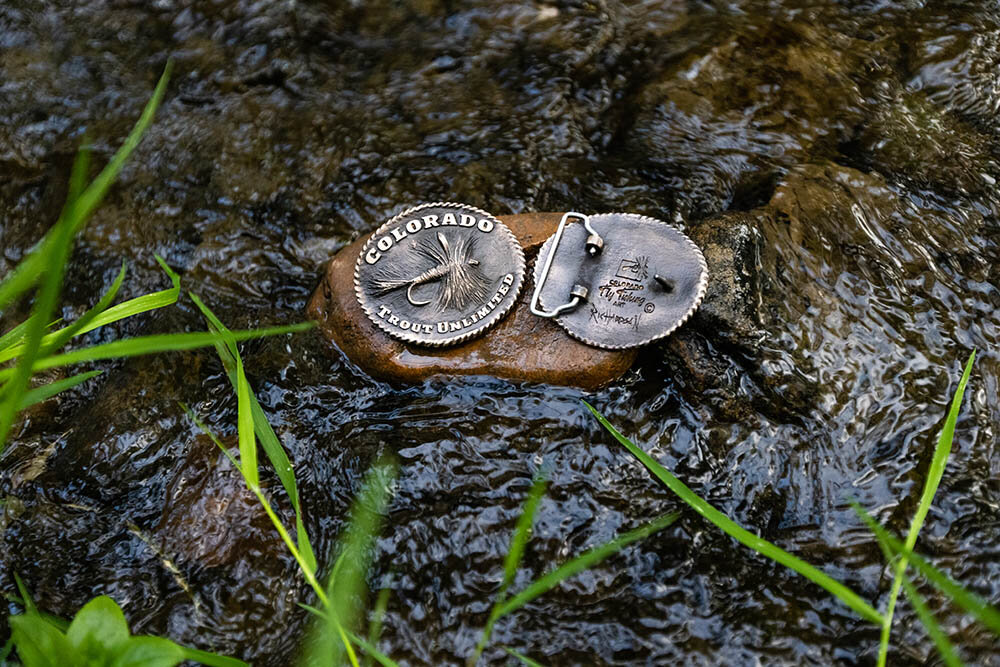A: Climate change, non-native species (here for their impacts on trout in particular) and the cumulative impacts of on-going habitat destruction and degradation.
Q: If you had the resources to implement one solution tomorrow—what would that be?
A: Halt and reverse the impacts of climate change, yesterday
Q: Besides educating oneself and offering donations, what are things an average angler can do to help with the problem of climate change, habitat degradation or other overarching conservation efforts?
A: There are several prongs to this in my view.
First, anything we can do to reduce our legacy of habitat degradation improves life for us all, and the ability of fish to handle climate change – so generally restoring habitat condition and connectivity is key.
This could involve things like joining on with restoration projects to restore flows, reconnect streams to their floodplains, reduce runoff, re-vegetate stream banks, and reconnect streams through culvert or other barrier removals so fish can get to different habitats they need. Some of those are pretty big endeavors, of course, but simpler actions like participating in riparian tree plantings help on various fronts: riparian vegetation provides shade that reduces stream temperature and restores structure and food sources for the stream (wood, leaf litter, terrestrial bugs, etc). It also stores carbon.
There is also no doubt that we simply need to reduce our emissions of greenhouse gases, like carbon dioxide and methane – and the latest science shows we need to do it urgently. There are things we can do as individuals to reduce our own carbon footprint, of course, like reducing energy use, driving less, eating less meat, etc.
But, the bottom line is that to get where we need to be will take broad-scale policy and legislation. We all need to be pushing on that front, including by public education and outreach on the issue. Anywhere we can communicate our observations or help influence someone to think more directly about climate change, helps.
So, I think we all need to talk about it: have conversations with other anglers when you’re out fishing about what you’ve observed, talk to your family and friends, and talk to your representatives!
One of our (TU’s) Climate Change Working Group members recently asked his Congressional representative what degree of outreach he needed from his constituency to take action on an issue; the representative responded that if he hears from around 100 people, that’s meaningful and elevates an issue to him.
That was remarkable to me, 100 people! That’s not many, it’s something we can all organize around as a personal or group goal.
Also, do recognize that the voices of anglers (and hunters), in particular, go a long way with politicians. TU has action sites where you can voice your concern, and we’ve also aligned with the Citizen’s Climate Lobby, a national non-profit with local chapters, that is pushing timely legislation on carbon pricing.
Q: How do non-native species including non-native trout impact current fish populations?
A: This is a really important one, as it’s a tough issue for anglers I know. But you’re right in asking about this, in that non-native trout can have real, negative impacts on native trout.
Luckily, where you are in North Carolina these non-natives don’t breed with brook trout and present a hybridization threat, like some do for our cutthroat trout out west. But rainbow trout and brown trout compete with your native brook trout for resources like food and spawning sites – and there’s been some good recent research showing they can push native brook trout out of cold-water habitats as well. So while non-native trout have been considered a conservation threat to native trout for a long time, they should be an even greater concern with climate change.
Q: Do you think it’s too late to save certain waterways from climate change and habitat degradation?
A: Hmmm, that’s a tough one. I’d hate to say it’s too late generally, as it depends on your scope. There will always be benefits to restoring habitats for various reasons, including to improve the situation for all types of fish and wildlife (and humans!). Anything we can do to reduce stream temperature, sediment and other pollutants, attenuate flooding effects, and restore summer flows to reduce effects of drought (as both flooding and drought will be increasing under climate change, in NC and elsewhere) – that’s all good for all of us, no matter what. But yes, I think (based on the science) in the future there will be some places that unfortunately will no longer sustain trout.
Q: Can you talk a bit more about how habitat destruction and degradation impacts watersheds?
A: That’s a broad one! But it’s a good question, as it is important to think about things at a watershed level, because things upstream ultimately impact what happens downstream, and vice versa. So, allowing development that erodes stream condition upstream, through adding sediment or other pollutants, increasing temperatures, etc, will impact conditions downstream, too – and in a cumulative fashion. That is, the footprint of each impact might be small, but when there are many impacts throughout a watershed their collective effect can be big. This is why broad protections even for the smallest of streams, like through the Clean Water Act, which we at TU work on a lot, are so important.
When downstream habitats are eroded – so where mainstem rivers have lower flows, are full of sediment, are warmer, contain non-native species, etc., – they can become inhospitable for trout. And these downstream habitats are important for trout, as you know, for growing and overwintering – even if they spawn in the tributaries. Losses there can mean populations upstream become more disconnected from each other, which is bad for their long-term survival.
Basically, it’s all interconnected. From a trout perspective, the more trout can access all types of different, healthy habitats, the better they will do.
Just For Fun!
Q: Do you have any pets?
A veritable farm: 2 guinea pigs, a snake and a dog …
Q:What is your favorite winter activity?
Skiing! We love to ski and are lucky to have great access to it here in ID
Q: What is the last book you read? Or what are you currently reading?
I’ve been choosing books lately through a diversity, equity and inclusion lens.
I just finished one of the most impactful books I’ve read in a long time, one of those books that just changes your entire world view: a collection of essays called Braiding Sweetgrass: Indigenous Wisdom, Scientific Knowledge, and the Teachings of Plants by Robin Wall Kimmerer. She’s a botanist and professor, member of the Citizen Potawatomi Nation, and a mother, and I am grateful that she wrote this book (and others I have yet to read), allowing me and all of us to access her multi-faceted wisdom and world view – highly recommended!
Want To Help The Cause?
Join Dr. Neville And Get Involved With Trout Unlimited’s Programs
Dr. Helen Neville
Helen has been with Trout Unlimited since 2006 and now serves as the organization’s Senior Scientist. She received her undergraduate degree in biology from Brown University, a Master’s degree in Ecology, Behavior and Evolution from the University of California, San Diego, and her Ph.D. in Ecology, Evolution and Conservation Biology from the University of Nevada, Reno.
Helen specializes in applying genetic tools to improving our understanding of the ecology and conservation needs of salmon and trout. She especially loves collaborating with her TU colleagues and outside science partners with entirely different skills on a broad array of conservation needs, including understanding impacts and planning opportunities related to climate change. Within TU she is also working to increase science capacity, improve connections among TU science staff, and deepen science integration across the organization. Helen lives in Boise, Idaho, with her husband and two daughters, and loves having wonderful, wild Idaho as her backyard.



